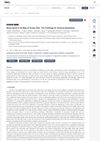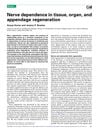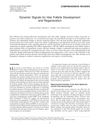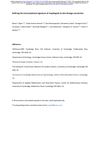Transcription Factor SOX2-Induced Amphiregulin Inhibits Pressure Ulcer Formation via Suppressing Oxidative Stress After Cutaneous Ischemia-Reperfusion in Mice
April 2023
in “
Journal of Investigative Dermatology
”

TLDR SOX2 helps reduce wound size and pressure ulcer formation by suppressing oxidative stress and increasing antioxidant activity in mice.
The study conducted by Y. Inoue investigates the role of the transcription factor SOX2 in cutaneous ischemia-reperfusion (I/R) injury and its potential protective effect on pressure ulcer formation. The study used a cutaneous I/R injury model in mice, specifically in keratinocyte specific SOX2 expressing mice and control mice. The results showed that in SOX2 expressing mice, wound size was reduced to 56.3% of the control group 5 days after reperfusion. SOX2 also significantly reduced the number of infiltrating inflammatory cells, apoptotic cells, vascular damage, and hypoxic areas in cutaneous I/R injury. The study also found that the mRNA levels of HO-1 and amphiregulin were significantly increased in SOX2 mice, and antioxidant Nrf2 activity was significantly enhanced by SOX2 induction both in vivo and in vitro. Finally, treatment with recombinant amphiregulin reduced pressure ulcer formation after cutaneous I/R injury to 48% of that in the control mice at 1 day after reperfusion. The study concludes that amphiregulin produced by SOX2 in keratinocytes has a protective effect on ulcer formation in cutaneous I/R injury, suggesting that amphiregulin administration could be a potential new treatment for pressure ulcers.




